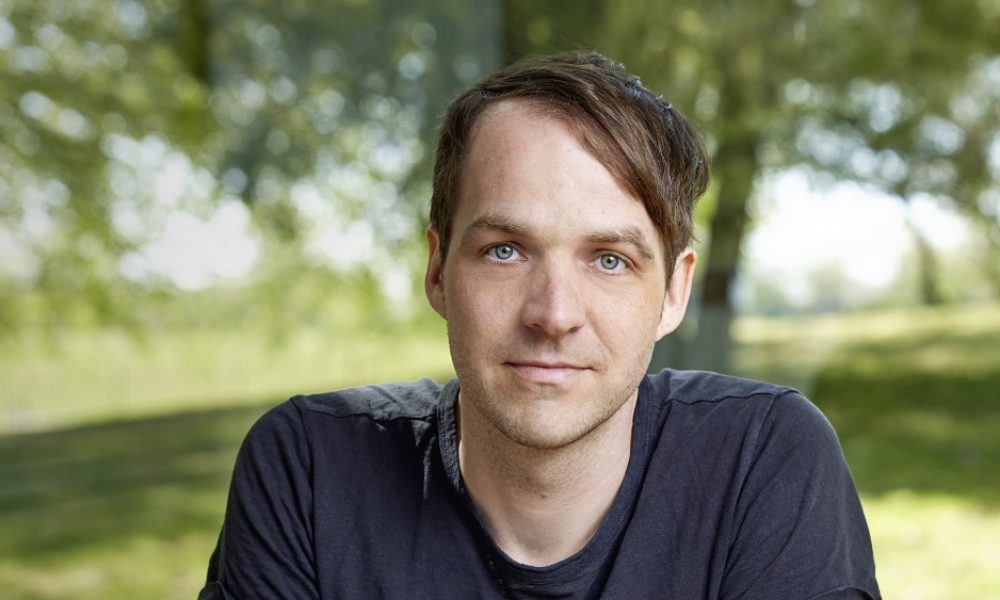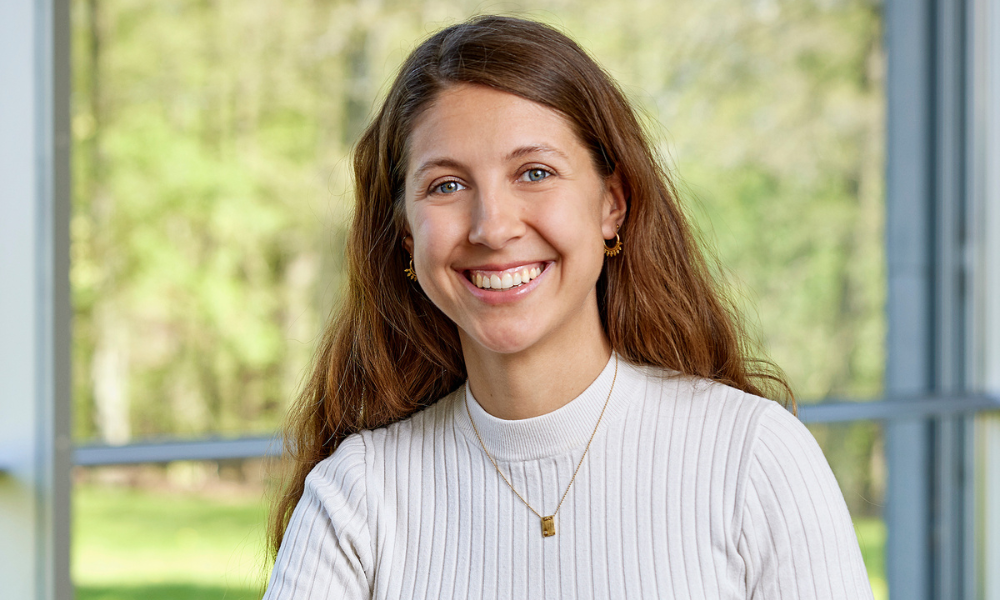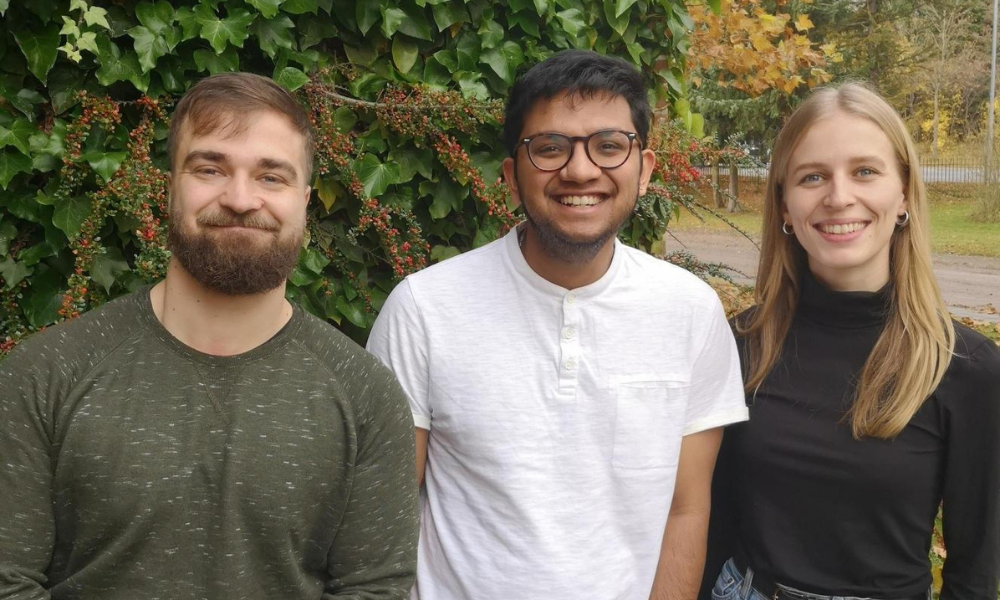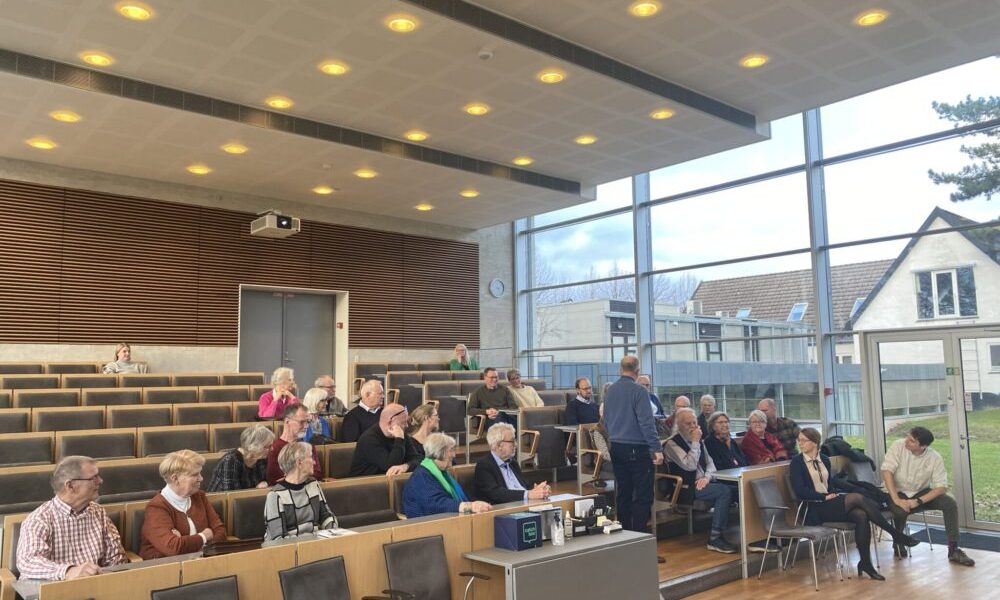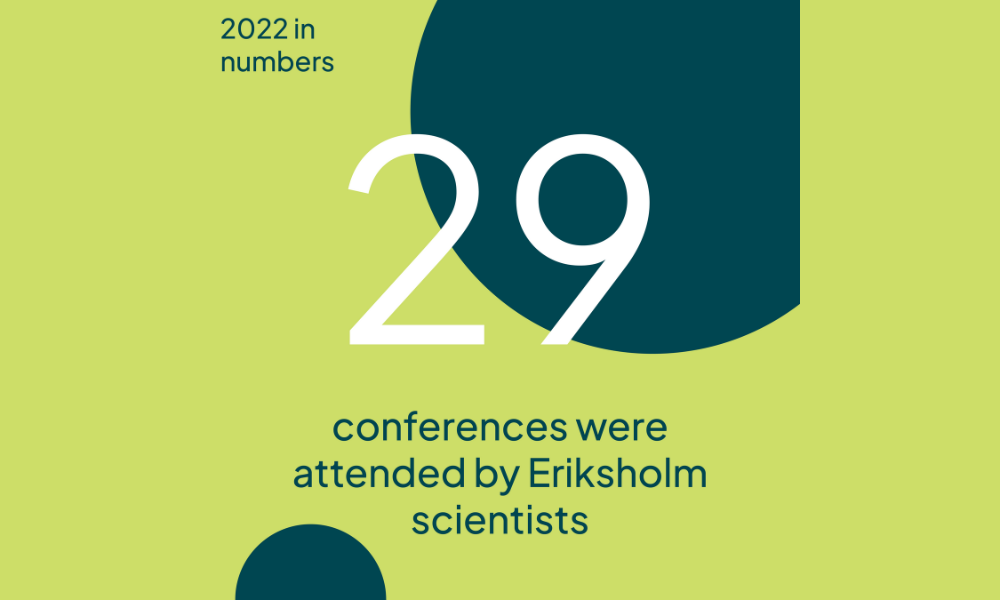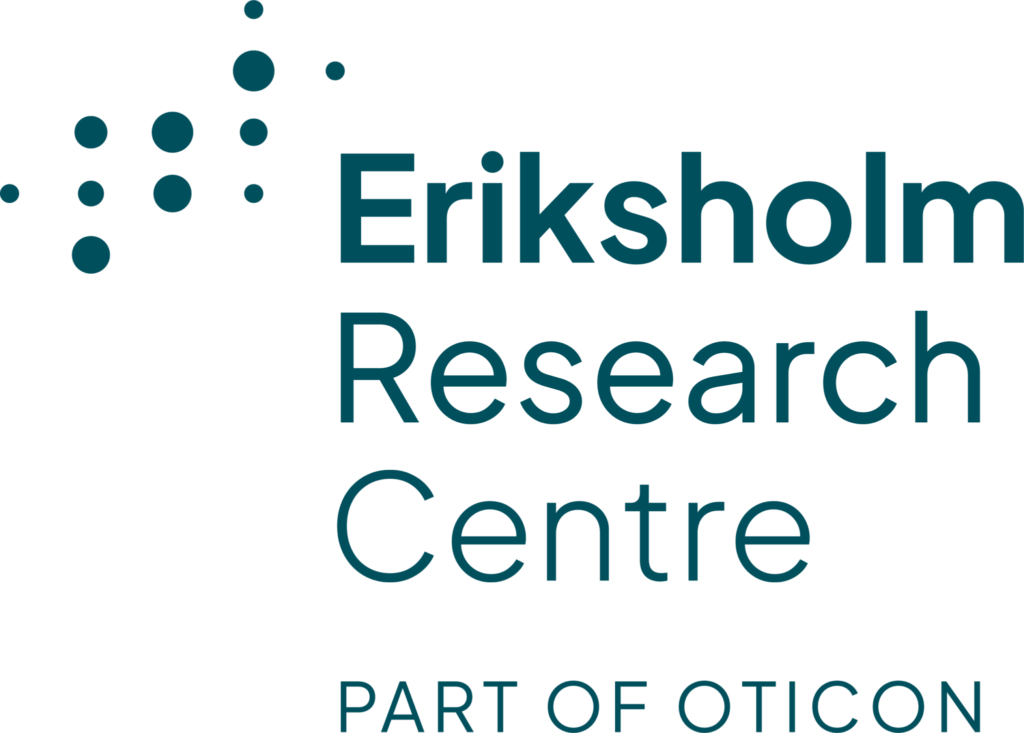About
Spatial hearing—the ability to pinpoint where sounds originate within our environment—is essential for navigating complex soundscapes, especially in noisy settings. This skill enables us to separate individual voices from background noise, making conversations possible in crowded spaces. Yet, for hearing aid users, this critical ability is often impaired. The fine auditory cues essential for sound localization can be altered or masked due to hearing aid processing, making it challenging for users to localize sounds and can impact not only their understanding of speech, but their overall sense of spatial awareness.
Auditory object formation
To address this issue, postdoctoral researcher Jörg Encke, an expert in binaural hearing and psychoacoustics from Macquarie University, is collaborating with Eriksholm Research Centre on a project funded by the William Demant Foundation. Jörg’s research centers on auditory object formation—the process by which our brains separate individual sound sources. By studying this mechanism, the project aims to identify the crucial information needed for effective sound localization and explore how to preserve these elements in hearing aid algorithms.
Jörg says he is hoping to improve hearing aids’ ability to retain essential spatial cues without introducing excess processing that could distort the auditory scene. The insights from his research could ultimately lead to a more natural listening experience for hearing aid users, helping them not just to understand speech better but also to feel more engaged in conversations and more aware of their environment. As Jörg puts it:
“Spatial hearing isn’t just about localizing sounds. It gives us the feeling of being truly in a space, not just hearing sounds around us. When that ability fades, you lose more than just direction; you lose a sense of being present and included in your surroundings. It’s an emotional effect.”
Early work on sound localization
Jörg’s journey into this field began with a fascination for sound localization in the brainstem, and how individual neurons detect minute differences in sound timing, a neural activity fundamental for spatial hearing. Later, his focus broadened toward higher-level signal processing of more realistic auditory signals. At Oldenburg University he developed a model on interaural coherence, which is a measure for the similarity between the signals reaching each ear. It addresses the reliability of auditory information in complex sound environments. When only one sound is active, interaural coherence is high, indicating stable and reliable signals. However, if multiple sources interact, the coherence decreases, reflecting a drop in reliability and making it harder to discern individual sounds.
While his previous work primarily examined long-term coherence, Jörg’s current project also investigates the temporal dynamics of auditory perception, exploring how interactions between different sound sources influence both the physical stimulus and our perception:
“This understanding of how the brain separates and assigns sounds to distinct objects is key to improving auditory processing in real-world settings.”
Psychoacoustic experiment at Eriksholm Research Centre
In his current study, Jörg Encke is looking into binaural-glimpsing – the ability to extract information about the location of sound sources only at specific points in time while ignoring it during others. At Eriksholm Research Centre, the study is now in its second phase, focusing specifically on test subjects with hearing impairment. The experiment setup is straightforward: participants are seated in a sound-isolated booth, wearing headphones. They are presented with a series of specially designed sounds and asked to determine whether a second sound is to the left or right of the first sound. The difference between sounds starts at an easily detectable level, gradually becoming more challenging until it reaches a threshold where participants can no longer differentiate. When the difficulty starts to oscillate around the threshold, it is possible to assess the participant’s sensitivity to spatial cues.
Through this work, Jörg aims to pinpoint the perceptual thresholds of hearing-impaired listeners. His findings in the first phase of the study showed promising results, suggesting that spatial hearing can indeed be measured and perhaps improved in hearing aid users. Now, with hearing-impaired participants, he seeks to confirm whether similar patterns hold and, ultimately, to refine hearing aid technology in ways that maintain the natural sense of space that many users lose.
Looking ahead
Jörg Encke’s work holds promise for advancing hearing aid technology to better support spatial awareness, and help users feel more connected to their surroundings. We are happy for the collaboration and look forward to hear more about the results in future publications.


